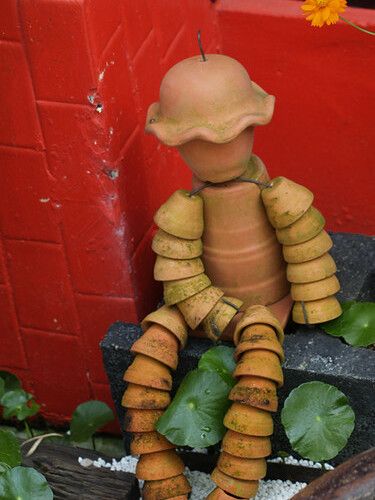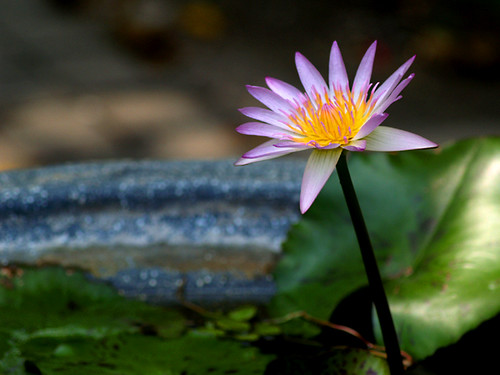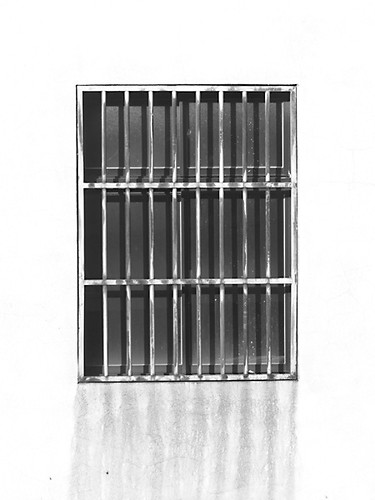
8/09/2005
神奇的輪廓


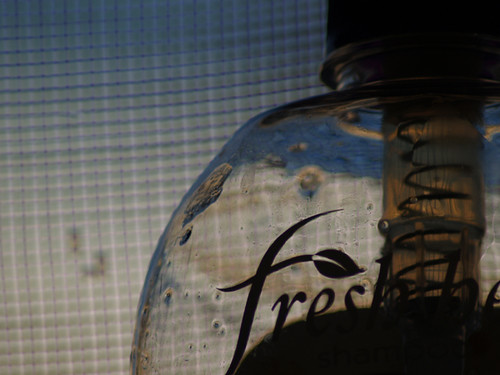
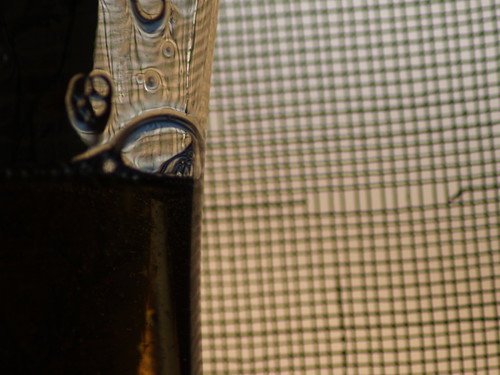
最近跟Rosetta這個字很有緣份。找了一點小資料。
埃及文化在西元500年左右被摧毀後,古埃及文字就已經失傳,剩下來的圖騰和印記,一度被當成建築物的裝飾品,被多數人認定是沒有辦法被解讀出來的。但是很奇蹟的在拿破崙遠征埃及時,法國人在亞歷山大港附近小鎮發現了一塊黝黑的的時唄。這塊石碑的上面,同時記載了三種互為翻譯的文字,提供破解古埃象形文字之謎,這塊石頭並以當地出土地名命為『羅塞塔石碑』(the Rosetta Stone)。。這件偉大的發現,改寫了古埃及研究的進度,讓失傳多年的古埃及文字重新有機會被解讀。
這類神奇的故事,如果用古埃及文 ( hieroglyph ) 當作關鍵字,馬上可以找到上萬筆資料,教你認字的、學發音的。
古埃及文其實是這樣的,字母分成發音與不發音兩種,然後發音的字又分成單音節、雙音節和三音節三種。如果你要學古埃及文的字,只要記每個字的發音就可以了,因為縮寫或是變體字很多,但發音卻往往是大同小異的。古埃及文字裡面又有很多公式可以背,像是給死神阿努比斯 ( Anubis ) 的祭祀文,幾乎每個廟宇都會有,但是寫法都是大同小異的。
1789年,法國人拿破崙遠征埃及,隨軍帶著一個龐大的學者考察團。1799年8月,在尼羅河下遊三角洲西部一個叫做羅塞塔的地方發現一塊石碑,上面刻有三種文字符號,此即著名的羅塞塔石碑。這是一座外形不規則的黑色玄武岩碑。
古埃及學之父黑昂‧法蘭梭‧尚波里昂 ( Jean Francois Champollion )(一般簡譯成 商博良 )就是靠著這塊石碑用心拼湊與研究,終於成為最早解讀出古埃及文字的人,當他懂得會讀寫古埃及文的時候,他本人甚至都還沒去過埃及。
Rosetta Stone
The Rosetta Stone solved a particularly difficult linguistic problem.
The Rosetta Stone is a dark granite stone (often incorrectly identified as "basalt") which provided modern researchers with translations of ancient text in Egyptian demotic script, Greek, and Egyptian hieroglyphs. Because Greek was well known, the stone was the key to deciphering the hieroglyphs in 1822 by Jean-François Champollion, and in 1823 by Thomas Young. The discovery facilitated translation of other hieroglyphic texts.
The stone has been kept in the British Museum since 1802.
Rosetta Stone is also used as a metaphor to refer to anything that is a critical key to a process of decryption, translation, or a difficult problem, e.g., "the Rosetta stone of immunology", "thalamocortical rhythms, the Rosetta Stone of a subset of neurological disorders", "Arabidopsis, the Rosetta stone of flowering time".
訂閱:
意見 (Atom)
